Home>Ideas and Tips>Indoor Umbrella Plant Care Guide and Schefflera Growing Tips
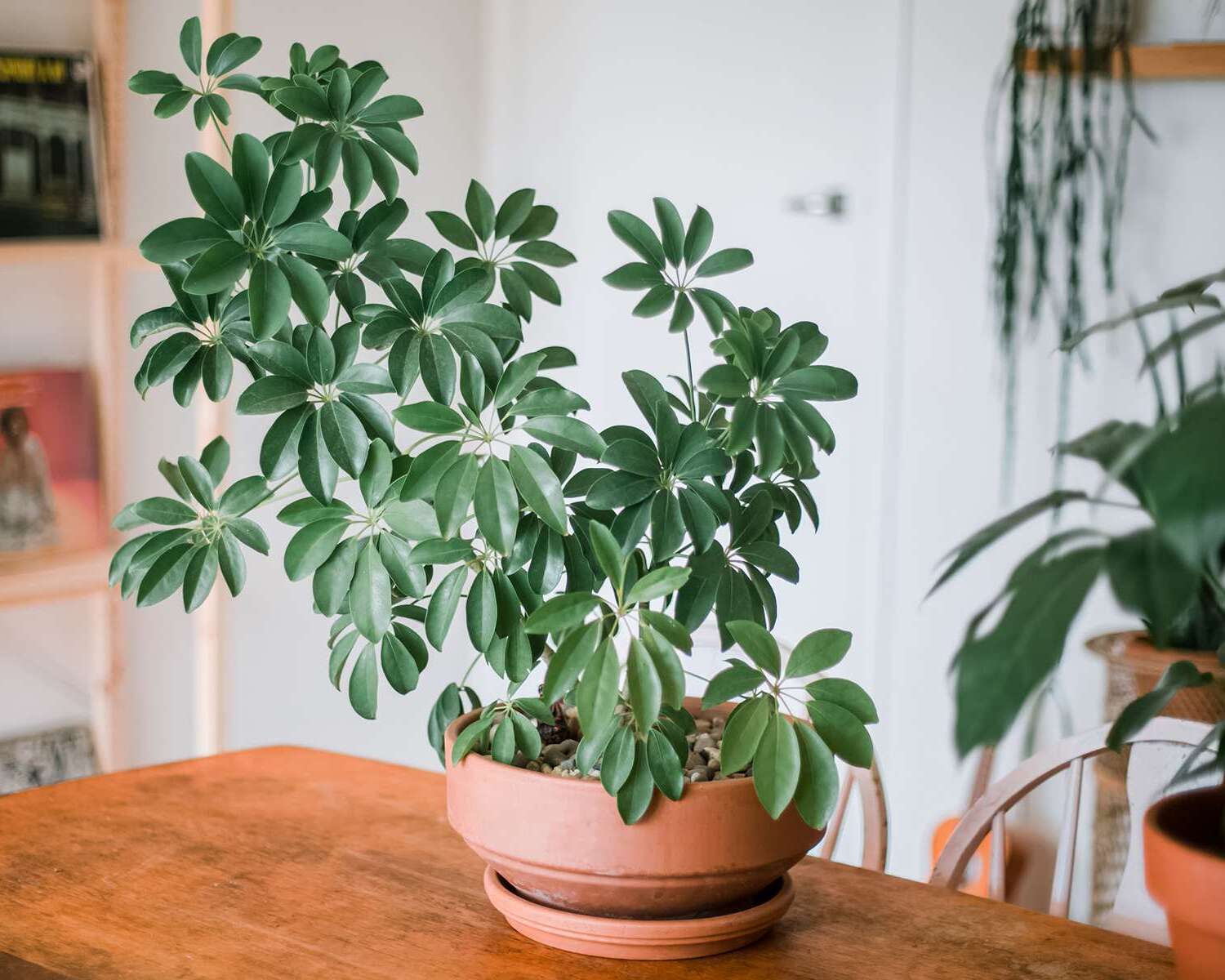

Ideas and Tips
Indoor Umbrella Plant Care Guide and Schefflera Growing Tips
Modified: October 28, 2024
Learn how to care for your indoor Schefflera with our comprehensive guide. Discover tips on lighting, watering, pruning, and more for a thriving umbrella plant.
(Many of the links in this article redirect to a specific reviewed product. Your purchase of these products through affiliate links helps to generate commission for Storables.com, at no extra cost. Learn more)
Introduction to Schefflera
Schefflera, commonly referred to as the umbrella plant or umbrella tree, belongs to the Araliaceae family. There are two main species of Schefflera that are commonly found in indoor gardens: Schefflera arboricola (dwarf umbrella tree) and Schefflera actinophylla (umbrella tree). These plants are known for their large, glossy leaves that are held on a long stem, resembling an umbrella.
Varieties of Schefflera
-
Schefflera arboricola: This is the most common variety found in indoor gardens. It is native to China and has a more compact growth habit, reaching up to 1.5 meters tall. The cultivar ‘Nora’ is a popular choice due to its compact size and attractive foliage.
-
Schefflera actinophylla: This variety is taller, reaching up to 3 meters, and has longer leaves that droop gracefully from a central stalk.
Lighting Requirements
One of the key factors in growing a healthy Schefflera is providing the right lighting conditions. These plants prefer bright, indirect light but can suffer if exposed to direct sunlight.
Bright, Indirect Light
- Placement: Place your Schefflera near a window that receives filtered light throughout the day. This mimics the dappled light conditions it would experience in its natural habitat.
- Avoid Direct Sun: Direct sunlight can scorch the leaves of your Schefflera. If you notice the leaves turning yellow or brown, it’s a sign that the plant is receiving too much light. Consider moving it to a spot with slightly less intense light or providing some shade during the hottest part of the day.
- Supplemental Lighting: If you don’t have a suitable spot with enough natural light, you can supplement it with artificial lighting. A fluorescent grow light placed a few feet above the plant can simulate natural sunlight and help it grow compact and bushy.
Rotating the Plant
To ensure even growth, rotate your Schefflera every few weeks. The leaves tend to lean towards the light source, so regular rotation will help maintain a balanced appearance.
Soil Requirements
Schefflera thrives in well-draining potting soil that is rich in organic matter. A mixture of peat moss, perlite, and vermiculite provides the perfect balance of moisture retention and drainage.
Choosing the Right Potting Soil
When repotting your Schefflera, choose a potting soil that is specifically designed for houseplants. Avoid using regular garden soil as it can compact and prevent proper drainage. Instead, opt for a high-quality potting mix that retains its structure over time and gradually releases nutrients to the plant.
Repotting
- Choose the Right Pot: When repotting your Schefflera, choose a pot that is slightly larger than its current one. This will allow the roots to spread and grow. However, avoid using a pot that is too big, as excessive soil can retain too much moisture and lead to root rot.
- Drainage Holes: Make sure to choose a pot with drainage holes to prevent water from pooling at the bottom and causing waterlogged soil. This will help maintain healthy roots and prevent fungal issues.
- Repotting Frequency: Young Schefflera plants usually need to be repotted annually, while older plants should be repotted every two to three years.
Watering Tips
Proper watering is crucial for maintaining the health of your Schefflera. These plants are sensitive to overwatering and prefer slightly dry soil between waterings.
Watering Frequency
- Check Soil Moisture: Before watering, stick your finger into the soil up to the first knuckle. If the soil feels dry, it’s time to water.
- Water Thoroughly: When you do water, make sure to give the plant a deep and thorough soaking. Watering once a week is usually sufficient, but this can vary depending on the humidity and temperature of your environment.
- Reduce Watering in Winter: Schefflera plants require less water during the winter months when they are dormant. Reduce watering frequency to once every 10-14 days.
Avoiding Overwatering
Overwatering is one of the most common mistakes people make when caring for their Schefflera. Yellowing leaves or dropped leaves are often signs that you may be overwatering. If you notice these symptoms, check the soil moisture more frequently and reduce watering accordingly.
Humidity and Temperature
Schefflera plants thrive in humid environments and prefer temperatures above 12°C (54°F). They can tolerate average indoor humidity at 30%, but higher humidity, preferably around 40%, is ideal.
Humidity
- Misting: To increase humidity around your Schefflera, mist the leaves regularly with calcium-free water. This helps retain the plant's beautiful lustre and prevents dust buildup on the leaves.
- Humidity Trays: Place your Schefflera on a tray filled with moist gravel to create a microclimate that maintains higher humidity around the plant.
Temperature
- Minimum Temperature: Schefflera plants should not be exposed to temperatures below 12°C (54°F). They will suffer in cold climates and may drop their leaves quickly if exposed to drafts or dry heating vents.
- Ideal Temperature: For optimal growth, keep your Schefflera in an environment with temperatures consistently above 60°F (15°C).
Fertilization
Schefflera plants are heavy feeders and require regular fertilization to maintain their health and promote lush growth.
Fertilizer Application
- Liquid Fertilizer: Feed your Schefflera with a liquid plant fertilizer once a month during the growing season. Dilute the fertilizer according to the manufacturer’s instructions and water as usual.
- Slow-Release Pellets: Alternatively, use slow-release pellets that provide nutrients over a longer period. Apply these pellets according to the manufacturer’s instructions, usually once every 2-3 months.
Pruning
Pruning is an essential part of maintaining your Schefflera’s shape and promoting bushy growth.
Pruning Tips
- Remove Overgrown Sections: Regularly inspect your Schefflera for overgrown or leggy sections. Remove these sections using clean pruning shears to maintain the plant’s shape and encourage new growth.
- Encourage Bushy Growth: Pruning helps Schefflera houseplants recover quickly and rewards your efforts with fuller, more lush foliage.
Propagation
Schefflera plants can be propagated through cuttings or by sowing seeds.
Propagation via Cuttings
- Take Cuttings: Cut a long shoot, around 10cm long, near the main stem so that you don’t leave a snag. Insert the cutting into a small pot filled with a soil-based potting compost mixed with equal parts grit.
- Root Development: Keep half the stem above the level of the compost and water thoroughly. Place a bag over the top of the pot until the cutting has rooted.
Propagation via Seeds
While less common, Schefflera can also be propagated by sowing seeds. However, this method is more challenging and less reliable compared to propagation via cuttings.
Pests and Diseases
Schefflera plants are generally disease-free but can be affected by pests like spider mites, mealy bugs, and scale insects.
Common Pests
- Spider Mites: Mottled leaves or fine webbing over the leaves could indicate spider mite infestation. Remove affected leaves immediately and increase humidity around the plant.
- Mealy Bugs: Sooty mould and sticky honeydew may have been caused by mealy bugs. Remove affected leaves immediately and consider spraying with an organic spray based on fatty acids if the problem persists.
- Scale Insects: Scale-like insects clustered around stems and leaves, along with sticky honeydew and sooty mould, are signs of scale insect infestation. Try picking off the insects with your fingernail or use a soap spray if necessary.
Common Diseases
- Bacterial Leaf Spots: Both bacterial leaf spots and Alternaria leaf spots affect Schefflera plants. These diseases can easily be remedied by avoiding overhead watering, not watering in the evening, and applying a copper fungicide if these practices don’t work.
- Aphids: Indoors, Schefflera is prone to problems with aphids, which leave a honeydew excretion that leads to sooty mold; treat for aphids with insecticidal soap spray.
Toxicity
Schefflera plants are mildly toxic to humans and highly toxic to pets if ingested. The sap from this plant can cause skin irritation, and eating parts of the plant can result in symptoms like burning sensation, swelling, difficulty swallowing, and in severe cases, difficulty breathing.
Conclusion
Growing a healthy Schefflera requires attention to several key factors including lighting, watering, humidity, temperature, fertilization, pruning, and pest control. By following these guidelines and providing your Schefflera with the right environment, you can enjoy its beautiful foliage and lush growth in your home. Remember to be patient as these plants can tolerate some neglect but thrive with proper care.
By understanding how to care for your umbrella plant correctly, you can ensure that it remains a stunning addition to any indoor space while also enjoying its numerous benefits as a low-maintenance houseplant.
Was this page helpful?
At Storables.com, we guarantee accurate and reliable information. Our content, validated by Expert Board Contributors, is crafted following stringent Editorial Policies. We're committed to providing you with well-researched, expert-backed insights for all your informational needs.
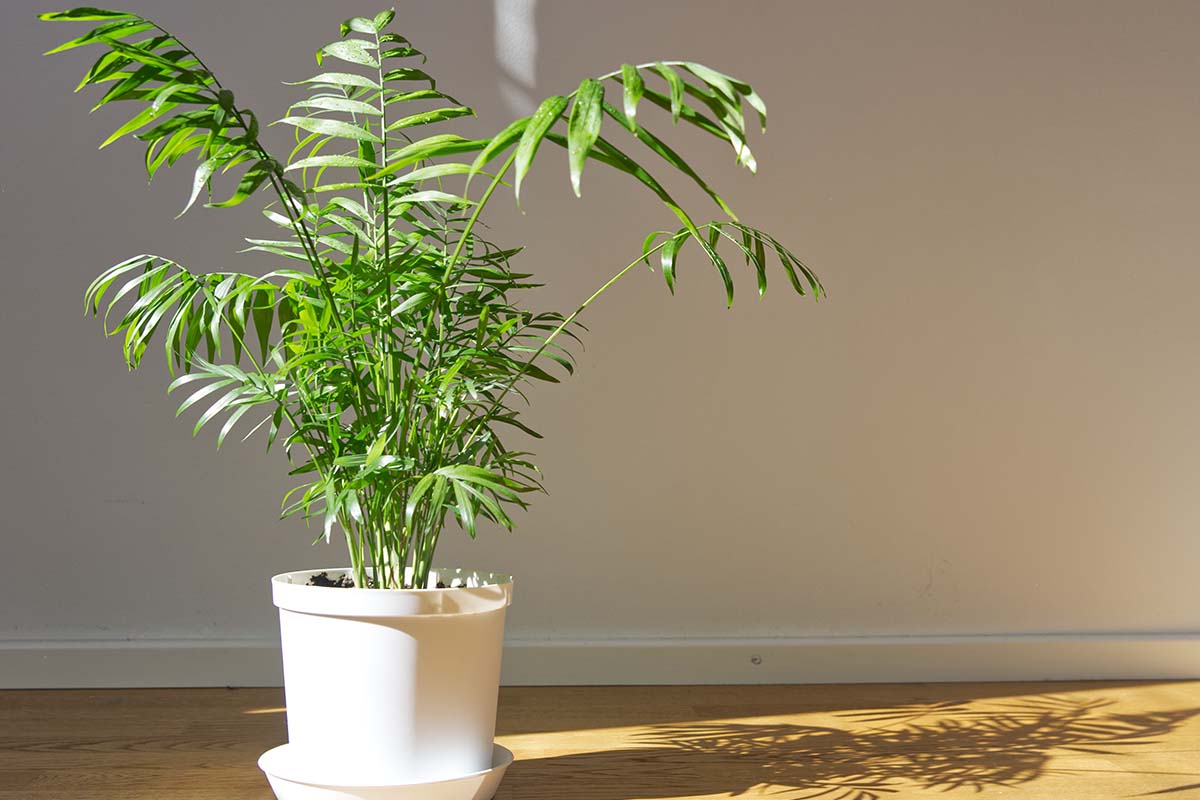
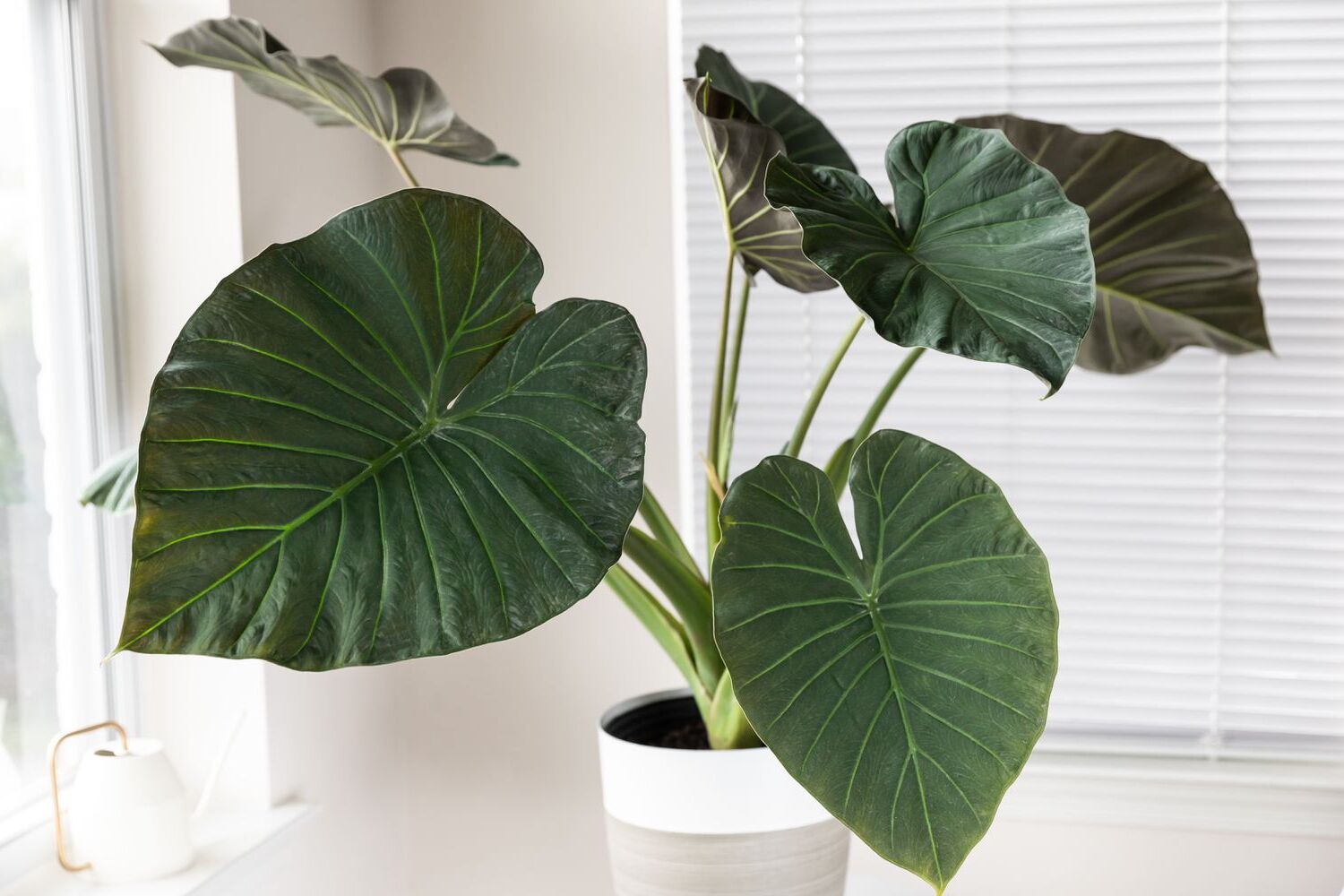
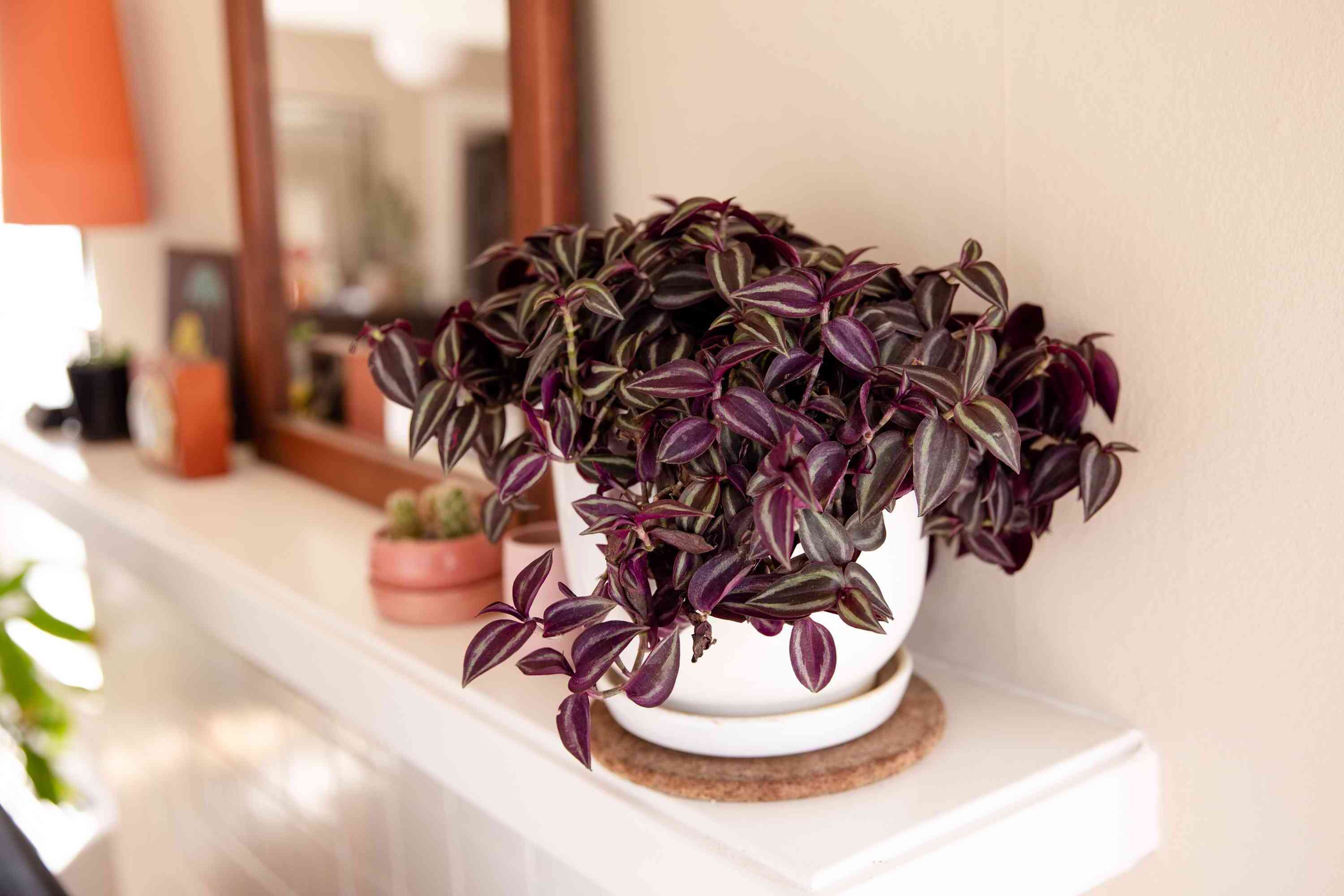
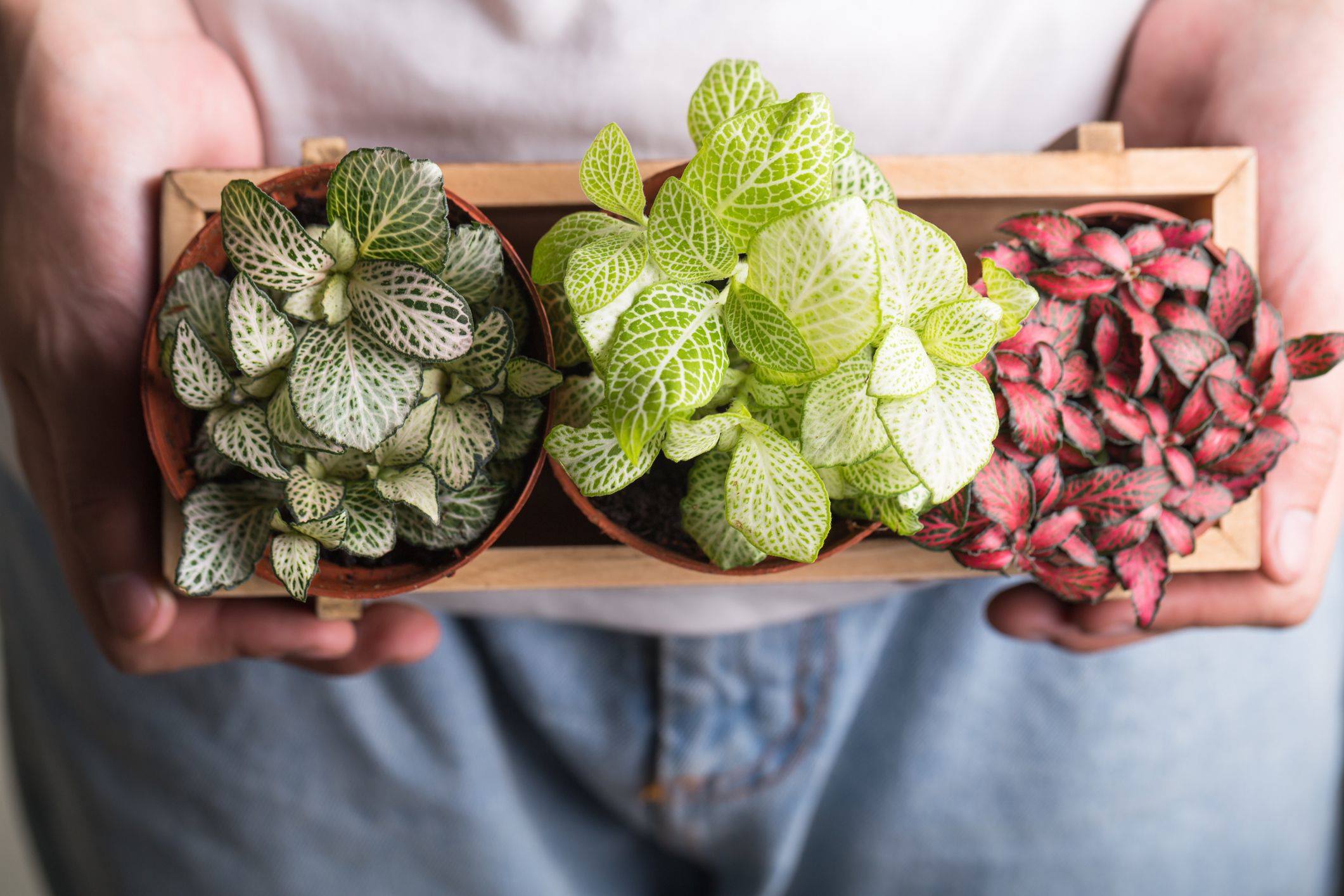
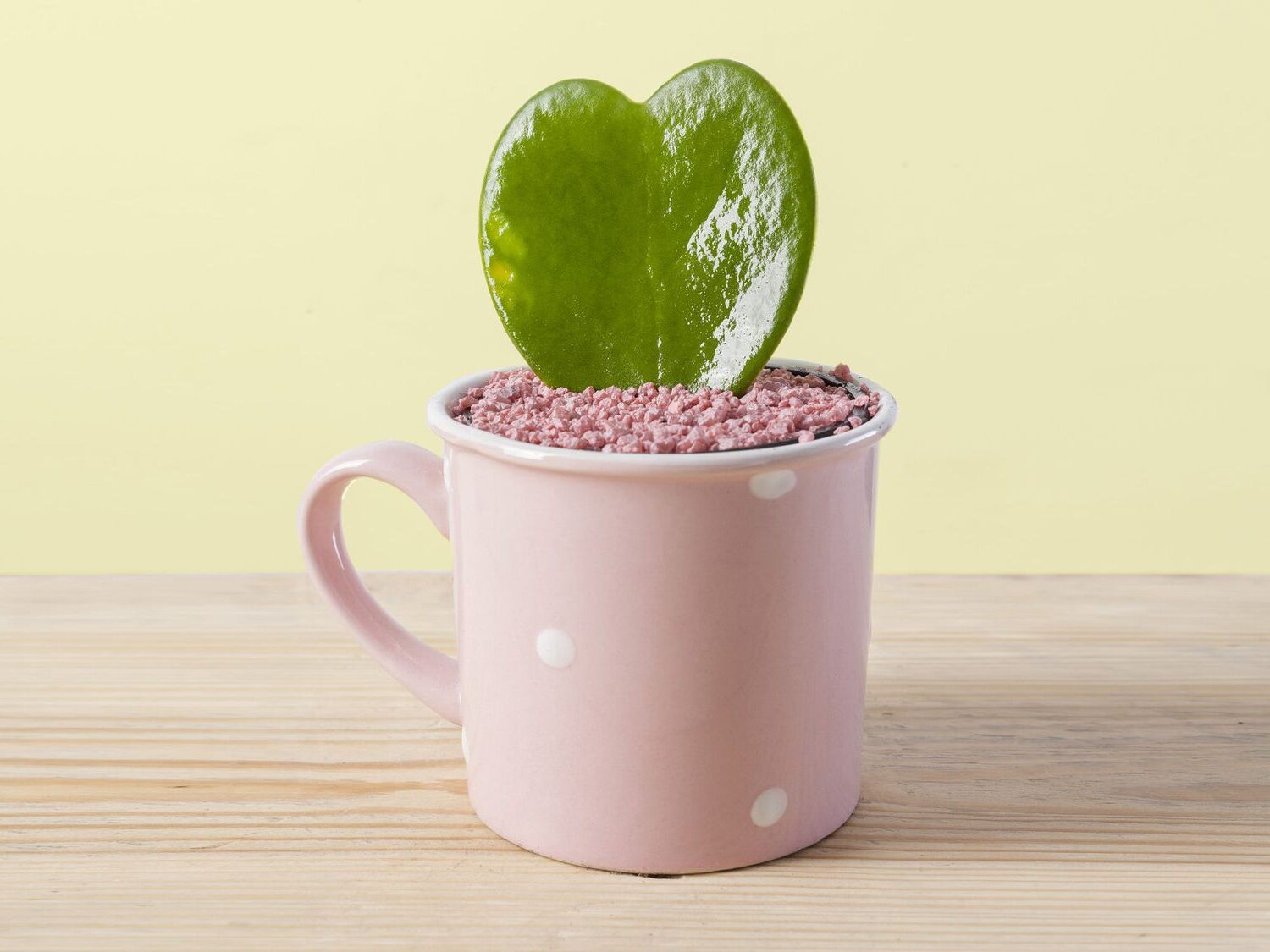
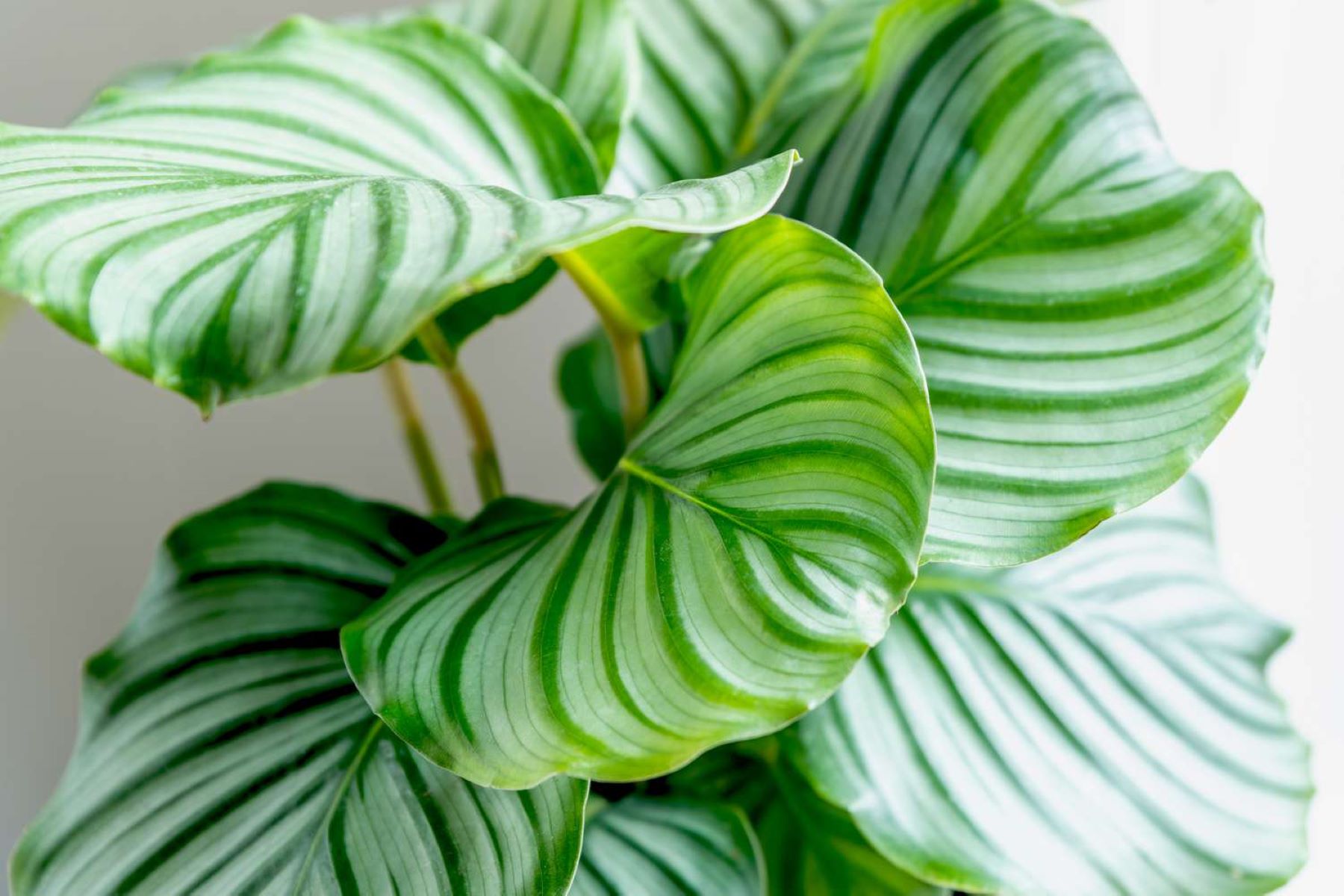
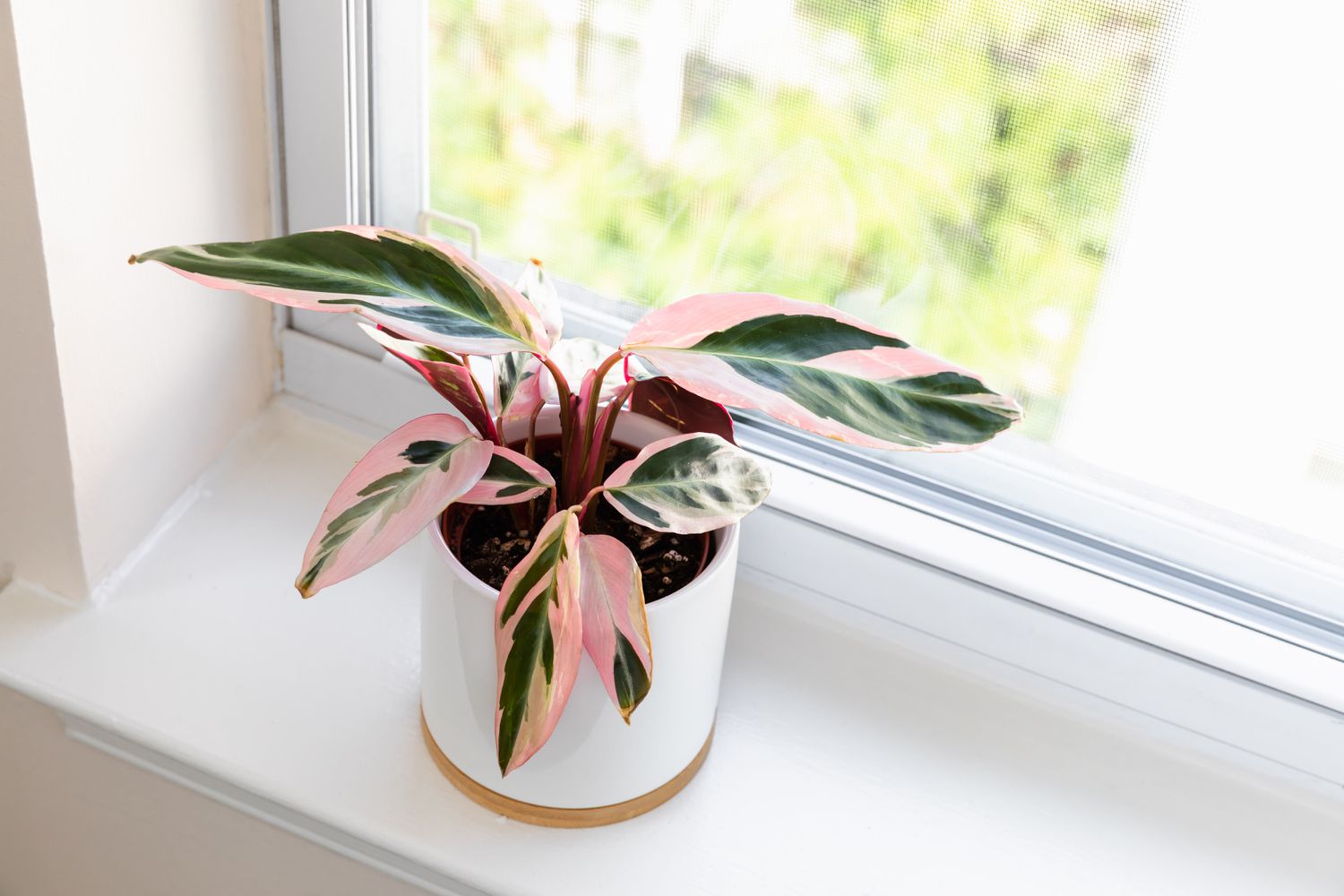
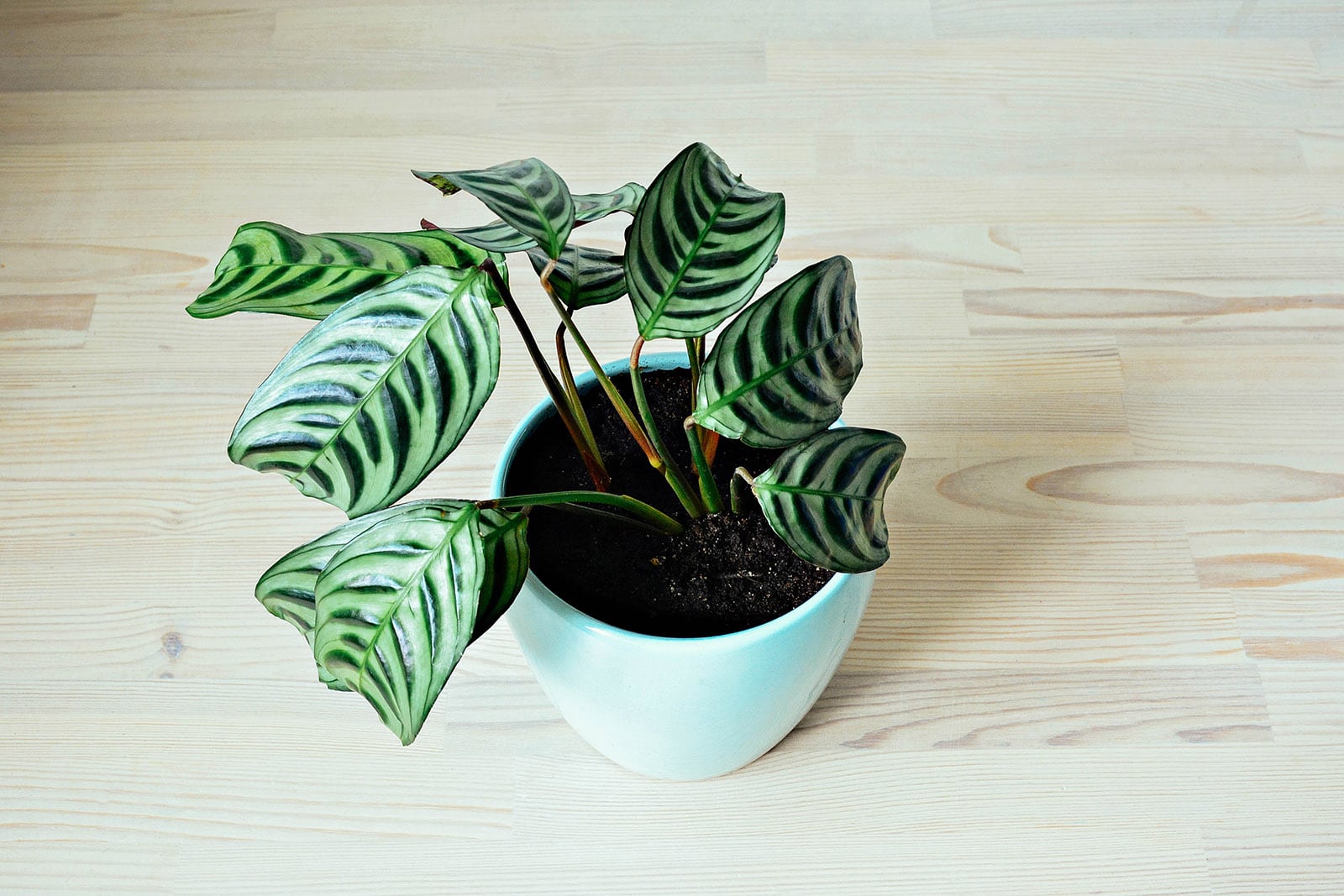
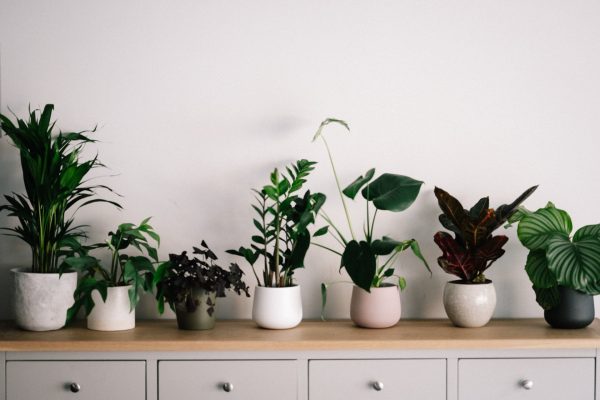

0 thoughts on “Indoor Umbrella Plant Care Guide and Schefflera Growing Tips”